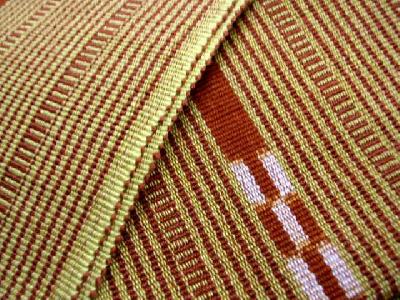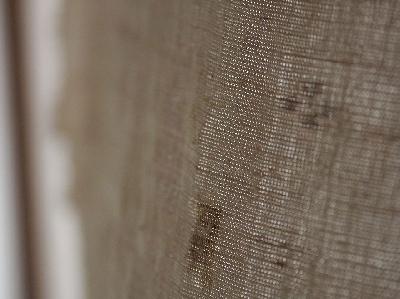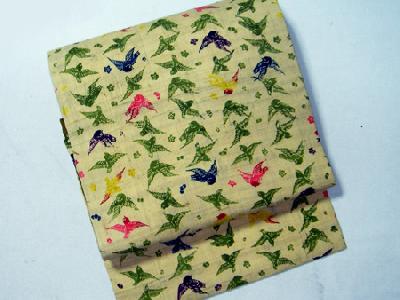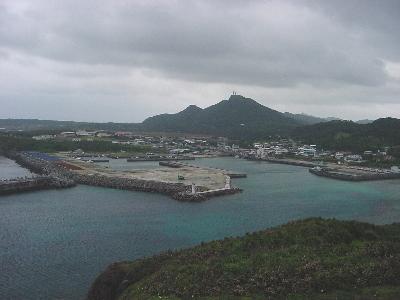|
Yaeyama minsa is a fabric made on the Yaeyama Islands in Okinawa Prefecture. This fabric often features a design of alternating five-and-four square 'kasuri' (scratched) patterns on indigo-dyed material. The centipede-like lines are highly individual.
The origin of this fabric dates back to before the 17th century, and the Okinawan word 'minsa' derives from the words 'sar' ('sash') and 'min' ('cotton'). The alternating five-and-four kasuri design is said to mean 'wish you will be with me for eternity'. ('Eternity' in Japanese is 'itsu-no-yo': 'itsu' sounds like the word for 'five' and 'yo' sounds like the word for 'four'.) This symbolised the weaving woman's feelings for her lover.
Yaeyama minsa is woven from cotton thread dyed with natural plant dyes in a southern manner. Sashes, neckties and bags are woven.
The dyed color is usually indigo and the contrast between white and dark blue is vivid and beautiful.
The origin of this fabric dates back to before the 17th century, and the Okinawan word 'minsa' derives from the words 'sar' ('sash') and 'min' ('cotton'). The alternating five-and-four kasuri design is said to mean 'wish you will be with me for eternity'. ('Eternity' in Japanese is 'itsu-no-yo': 'itsu' sounds like the word for 'five' and 'yo' sounds like the word for 'four'.) This symbolised the weaving woman's feelings for her lover.
Yaeyama minsa is woven from cotton thread dyed with natural plant dyes in a southern manner. Sashes, neckties and bags are woven.
The dyed color is usually indigo and the contrast between white and dark blue is vivid and beautiful.
| [+ADDRESS] | 
|

















